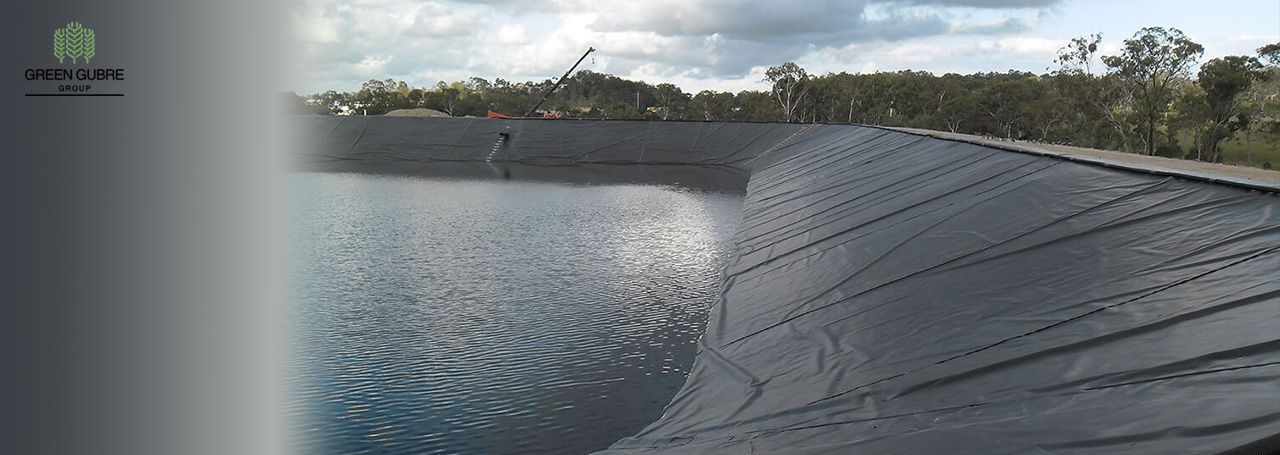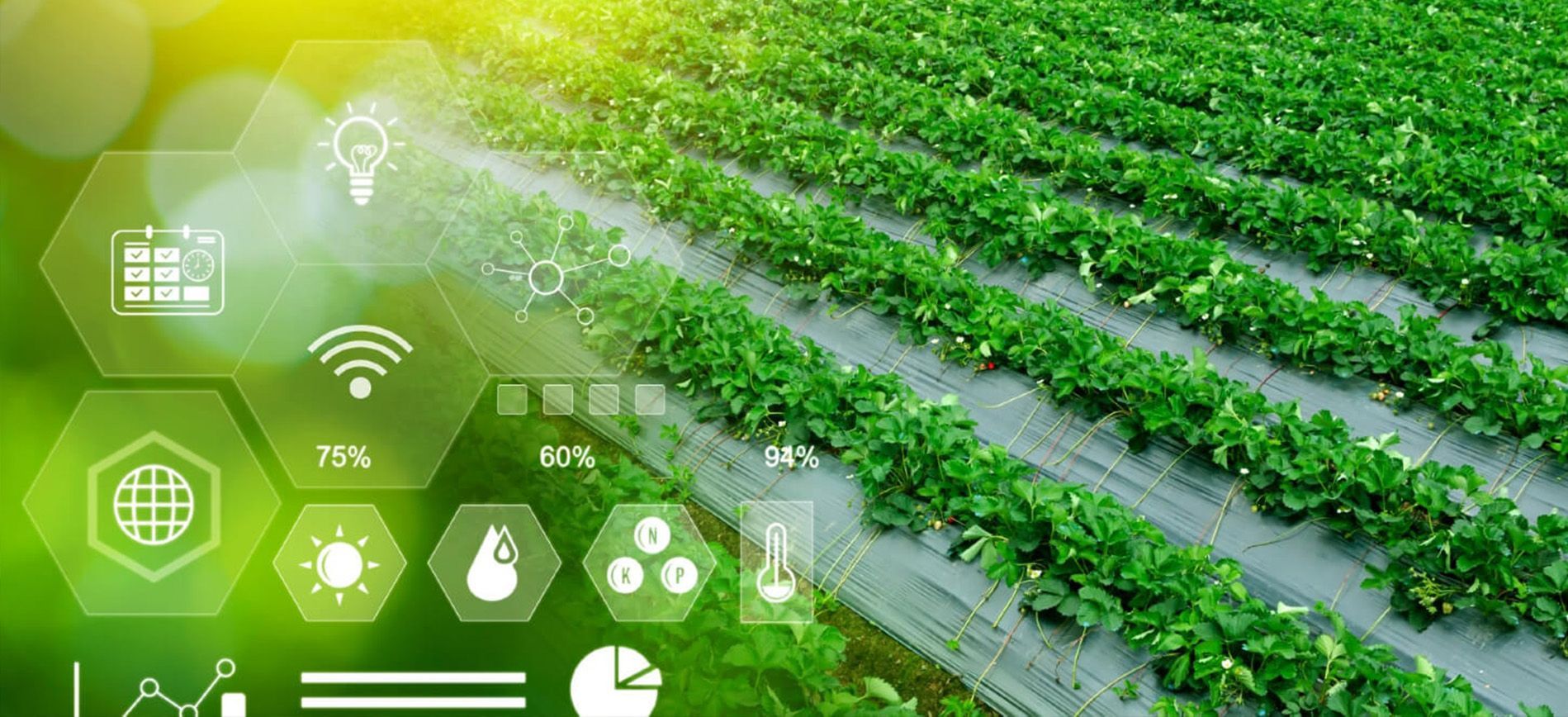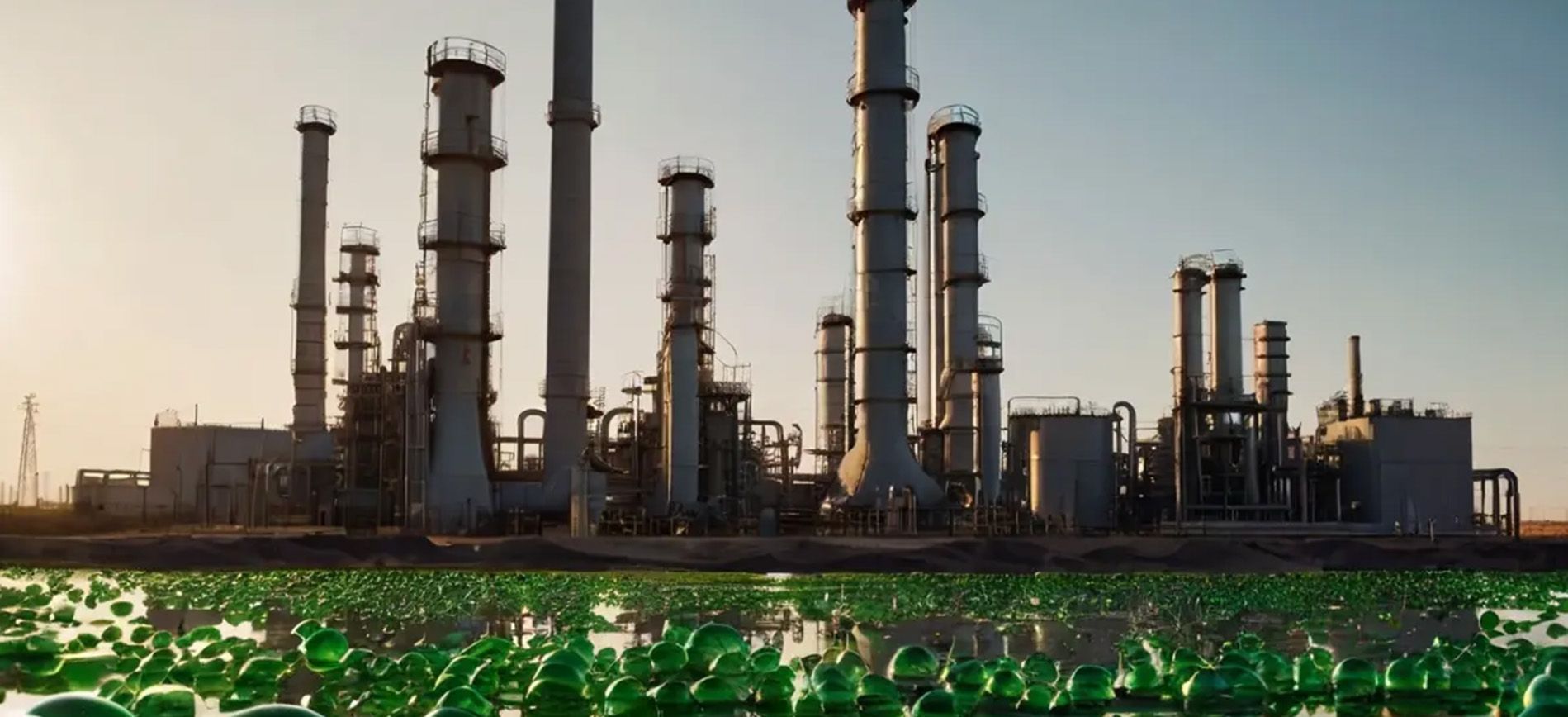Understanding the Differences Between HDPE, LDPE, and LLDPE

Polyethylene, one of the most versatile and widely used plastics in the world, comes in various forms, each offering unique properties suited to specific applications. High-Density Polyethylene (HDPE), Low-Density Polyethylene (LDPE), and Linear Low-Density Polyethylene (LLDPE) are three of the most common types of polyethylene, used in industries ranging from packaging to construction. This blog delves into the differences between HDPE, LDPE, and LLDPE, highlighting their individual characteristics and applications.
1. What is
Polyethylene
Polyethylene is a polymer made from ethylene, a hydrocarbon that is derived from crude oil or natural gas. It is known for its durability, flexibility, and resistance to chemicals, making it one of the most popular materials in industrial and consumer products. However, different manufacturing processes result in different forms of polyethylene, each with its distinct properties.
2.
HDPE (High-Density Polyethylene)
- Characteristics: HDPE is known for its high strength-to-density ratio, which makes it more rigid and less prone to stretching than other forms of polyethylene. It has a higher melting point and is more resistant to chemicals and impact.
- Applications: Due to its strength and durability, HDPE is commonly used in products like plastic bottles, pipes, containers, and playground equipment. Its resistance to UV light also makes it ideal for outdoor applications like geomembranes and water tanks.
3.
LDPE (Low-Density Polyethylene)
- Characteristics: LDPE has a more branched polymer structure, resulting in lower density and greater flexibility than HDPE. It is softer and more elastic but offers less strength and impact resistance.
- Applications: LDPE is widely used in applications that require flexibility and ease of molding, such as plastic bags, film wrap, squeeze bottles, and disposable packaging. Its lightweight nature makes it ideal for creating products that need to be flexible yet durable.
4.
LLDPE (Linear Low-Density Polyethylene)
- Characteristics: LLDPE combines the flexibility of LDPE with improved tensile strength. It is produced through a linear polymerization process, which allows for better control over its properties. It is known for its strength, toughness, and resistance to punctures and tears.
- Applications: LLDPE is often used in stretch films, plastic wraps, and flexible tubing. It is preferred in applications that require a material with both flexibility and resistance to damage. LLDPE also offers improved performance in extreme temperatures, making it suitable for heavy-duty applications.
5. Choosing the Right Polyethylene
When selecting the right type of polyethylene for a specific application, manufacturers must consider factors like flexibility, strength, chemical resistance, and environmental conditions. For example:
- HDPE is ideal for products that require rigidity and strength, such as pipes and outdoor furniture.
- LDPE is preferred for lightweight, flexible packaging materials.
- LLDPE is chosen for applications that require both flexibility and durability, like plastic films and industrial liners.
Conclusion
While HDPE, LDPE, and LLDPE are all derived from polyethylene, their unique properties make them suited to different industrial and consumer applications. Understanding the differences between these types of polyethylene allows manufacturers to select the right material for their specific needs, ensuring durability, performance, and cost-efficiency in production. From flexible packaging to durable construction materials, polyethylene remains a crucial component of modern manufacturing.




